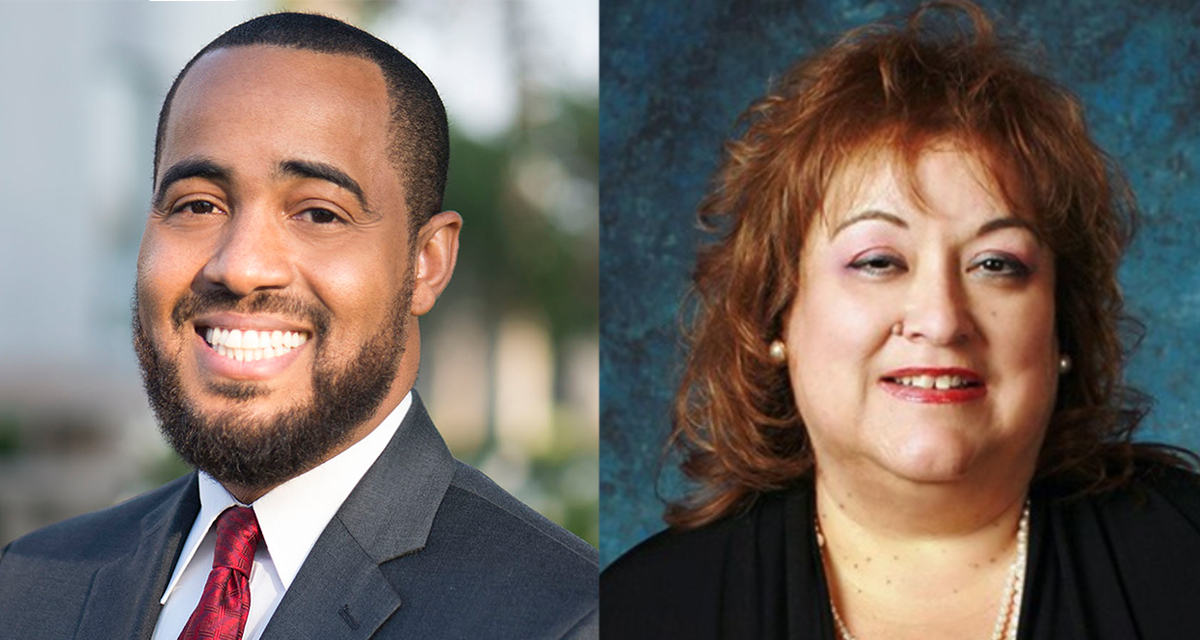Last Updated on June 11, 2021 by BVN
Joseph Williams and Mary Figueroa | BVN Guest Commentary
As California reopens on June 15, we must also unlock a financial aid system that prevents people in the Inland Empire and across the state from affording college and career training.
Suppose you are an unemployed 45-year-old experiencing homelessness looking for new job skills at a community college. Unfortunately, given your age, the state expects you to return to your high school to get proof of your G.P.A. before you can enter a financial aid lottery without a guarantee of getting a college grant.
Or say that you graduated from high school five years ago. Instead of going to college, you got a minimum-wage job to help support your family. But now, you want to advance your career by earning a college degree. Unfortunately, given your time out of high school, the state would put you at the end of the financial aid line. As a result, you may decide to take out loans, credit cards, or expensive cash advances to pay for college costs, textbooks, and basic living expenses.
And if you got less than a 3.0 G.P.A. in high school, good luck getting state financial aid to attend UC or CSU.
With so many families and students doing their best to bounce back from the pandemic – both economically and educationally – we must open California’s financial aid system to them. Their age, time out of high school, or G.P.A. should not be a barrier to a better life. Not in California.
Students, educators, employers, non-profits, policy analysts, and social justice advocates agree that we must modernize California’s 50-year-old Cal Grant financial aid program. In a diverse state like California, this is a matter of ensuring equity and opportunity for all.
Those stakeholders support the Cal Grant Equity Framework outlined in Assembly Bill 1456, co-authored by Assemblymember Jose Medina (D-Riverside), Assemblymember Kevin McCarty (D-Sacramento), and State Senator Connie Leyva (D-Chino).
This proposal updates the Cal Grant program and eliminates equity barriers like age, time out of high school, and high G.P.A. requirements. It goes further by making state financial aid easier to understand. Instead of having three separate financial aid funds known as Cal Grant A, B, and C, the proposal would consolidate them into Cal Grant 2 for community college students and Cal Grant 4 for UC and CSU students.
These simplification updates will make California’s financial aid program more open to students of any age, including low- and middle-income students, student-parents, and returning learners.
Additionally, many of our community college students are essential workforce professionals who treat our medical emergencies, respond to wildfires, stock our grocery stores, work in warehouses, and deliver goods. They kept things running during the darkest hours of the pandemic so that others could stay safe at home. Helping these essential Californians earn degrees, credentials and achieve economic mobility is reason enough to fix California’s financial aid system.
If legislators and the governor adopt the Cal Grant Equity Framework in the 2021-22 state budget, nearly 280,000 more Californians will be closer to debt-free college.
As we reopen California, let’s make sure that the throttle of our financial aid system is wide open to fuel the college and career dreams of hard-working Californians.
Joseph Williams serves on the California Community Colleges Board of Governors and the San Bernardino Community College District Board of Trustees.
Mary Figueroa serves on the Riverside Community College District Board of Trustees and the Inland Valley Trustee & CEO Association.



